#Kowai Hanashi
Explore tagged Tumblr posts
Text

7 notes
·
View notes
Text

Sensei, Kowai Hanashi Shimasenka?
#didnt end up finishing this one#Sensei Kowai Hanashi Shimasenka?#manga#mangacap#yaoi#manga panel#manga cap
14 notes
·
View notes
Text
an underrated feeling is realizing halfway through a movie that you’ve actually seen it before but forgot about it until now
#.txt#honto ni atta kowai hanashi (1991). i think i watched it on youtube when i was in like middle school
2 notes
·
View notes
Text



Gakkou de Atta Kowai Hanashi S (PlayStation, 1996).
#gakkou de atta kowai hanashi s#gakkou de atta kowai hanashi#visual novel#horror games#scans#jhorror
3 notes
·
View notes
Text
Various games Himaruya has worked on: a small compilation




(Warning: 3/4 of them are horror games)
With my newest hyperfixation now being visual novels, I've recently turned my attention to some of the visual novel-style games Hima has made in the past. There's a few super short personal project ones like Noto-sama and Cleaning Prussia which he made in pre-anime adaptation times, but I just want to share the more notable/interesting ones I know about.
Gakuen Hetalia (2011-2012)
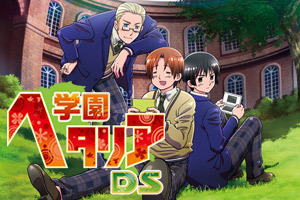
You've probably heard of this one. Given that it was released in the early seasons of the anime adaptation, it has that art style, for better or for worse. I honestly thought the existence of this game was a joke when I first heard of it but no it's a real game, developed by the one and only Otomate and released for the DS and PSP. It's an otome game with Seychelles as the protagonist, and is fully voiced. From what I've heard about this game, there's not much romance and has mostly platonic interactions. Also Gakuen AU.
Since this is pretty much a game adaptation of the anime, this is probably the one that Hima least had a hand in making, as compared to the ones I'm about to talk about. Still a neat game in its own right.
The Hetalian Horror Show (2015)
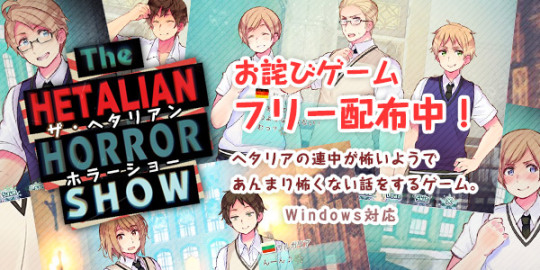
Another one you might have heard of if you browse Hetarchive, which has a partial translation for this game. This one's a fairly short free game set in the Gakuen AU (again) with Bulgaria as the protagonist. It's basically about a couple of the nations gathering to tell 'scary' stories (whether they're actually scary varies). Features highlights such as:
Robul moment
America casually revealing Classified Government Secrets
Bear Grylls
Iggy bullying
Low-key nsfw illustration of Bul butt-naked and tied up
And a twist ending you will not believe! (not clickbait)
Like the other free games he's made, Hetahorror is completely made by Hima (even the background images were taken by him). You can download the game here from his blog. And Hetarchive's partial translation is here.
Now here are the non-Hetalia ones (which I think are a little more interesting)
Apathy Midnight Collection: Volume 1 (2007)

See those characters in the top right? That's Hima's art. Yeah. This game is a horror anthology game released all the way back in 2007, with three different stories and each having different writers and artists. The first two stories are the longest (apparently they have over a hundred different endings combined), and if you look around I think you can find some posts about them, they're quite interesting. The one Hima did the illustrations (and direction) for is the final story, Hashira no Kizu (or Scratches on the Pillar), which is the one that I heard leans the hardest into the horror atmosphere, and is quite different overall from the other two stories.
If you're curious about this game, you can purchase it here on BOOTH, and you can find an English fan translation here.
By the way, this game is a retelling of sorts of a much older game (from the 90s!) called Gakkou de Atta Kowai Hanashi (Scary Stories at School). Which leads me to this game...
Inaka no Gakkou de Atta Kowai Hanashi (2014-2016)
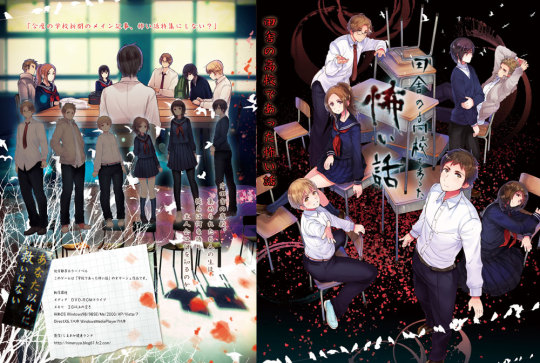
Edit: I have since played this game and boy what a wild ride it was! Full overview here.
This is a full-length visual novel made by Hima's doujin group Shimaoka Kenkou Land, and it's a homage to the aforementioned Gakkou de Atta Kowai Hanashi. It's pretty similar in setting to Hetahorror (in fact that game was probably inspired by that too), with students coming together to share their horror stories. It's very atmospheric, with a lot of ambient noises and background images which really drive home the 'inaka/countryside' part of the story. Hetahorror had shades of this too, so consider this a 'deluxe' version lol. Except unlike the Hetalia one I feel this game is actually pretty scary ngl...there's a lot of comedic moments, but also just as many genuinely gruesome scenes (I'm not kidding, some of the images are quite violent)
I only played the demo (which can be downloaded from the same page as the Hetalia game), and man the stories really range from 'I saw this lady walking her dog and holding a cute plush toy from afar so I asked if I could take a picture of it, but it turned out it wasn't a plush toy, it was a bag for dog droppings' to 'my friend and his entire family were mauled to death and it wasn't an animal that did it'.
The full game apparently has voice acting too, but this was a super-duper limited release (like it was sold in Animate stores for less than a year back in 2016) and I really liked the demo so I'm just considering getting it second-hand at this point. It's so obscure I can't find much info on the game in Japanese, much less English...
Just to show how atmospheric it felt, I have here a recording of part of the game which I can't stop replaying (sorry for no audio)
Anyway looking at the games he made really makes me wish he had the time to make one nowadays....he could probably make an amazing official Hetaoni horror game and I would pay real-life money to play it. This has been a PSA.
#well this got long#why did i write this noone's gonna read this#seriously that last game is crazy I want to play the full ver so badly#hetalia#aph#hws#hidekaz himaruya#visual novel#apathy midnight collection#gakkou de atta kowai hanashi#should I bother tagging characters#hws germany#hws italy#hws japan#also#horror game#long post
46 notes
·
View notes
Text
So I was playing this Japanese exclusive Super Famicom (Super Nintendo) game called Gakkou de atta Kowai Hanashi (学校であった怖い話) which is both a visual novel and a survival horror game that was developed by Pandora Box Creative Office and published by Banpresto, the game was released on August 4, 1995. So I had this idea were Ginny, Bitsy, Buddy, and Sparks from SuperKitties and Koppa from Shiren the Wanderer also Serval Chan from Kemono Friends, Nekomata Okayu from Hololive, and Daijin from Suzume meeting up outside of a gate, mostly because I think it would be really interesting seeing Ginny, Bitsy, Buddy, Sparks, and Koppa appearing in Gakkou de Atta Kowai Hanashi.

#sfc#shiren#snes#super famicom#shiren the wanderer#gakkou de atta kowai hanashi#学校であった怖い話#風来のシレン#シレン#pandora box creative office#banpresto#supernintendo#super nintendo entertainment system#superkitties#スーパーキティ#kemono friends#けものフレンズ#hololive#ホロライブプ#suzume#suzume no tojimari#すずめの戸締まり
4 notes
·
View notes
Text
Gekijouban Hontou ni atta kowai hanashi henna madori, Shinjuku Inco, Cardcaptor Sakura: The Movie, CLOVER, Japanese Film Trailers
Welcome to the second trailer post of the week. You can find the first trailer post here. I posted about the Tokyo Student Film Festival and the indie films at the Kanazawa Film Festival. I also posted a review of The Seppuku Pistols, a music documentary, and an interview with its director, Yo Umezaki, because the band are on tour in the UK. In terms of films watched, I tried out Pearl (2023)…
youtube
View On WordPress
#Cardcaptor Sakura: The Movie#Clover#Gekijouban Hontou ni atta kowai hanashi henna madori#Japanese Film Trailers.#Shinjuku Inco#Youtube
0 notes
Text

Honto ni Atta Kowai Hanashi (ほんとにあった怖い話) / Asahi Sonorama (朝日ソノラマ) / Jul 1992 issue
#josei manga#90s manga#horror manga#90s horror#blood cw#asahi sonorama#issue month: july#ほんとにあった怖い話#朝日ソノラマ
66 notes
·
View notes
Text
4. hime gyaru
hime gyaru, also know as princess gal, is a subculture of the broader gyaru fashion movement from Japan. it blends hyper femininity, elegance, and opulence, drawing inspiration from princesses and rococo fashion. here is a detailed breakdown of hime gyaru.
origins and development
hime gyaru emerged as a subculture of the gyaru fashion movement in the early 2000s. gyaru, which means gal is Japanese, is a youth fashion subculture that emphasizes glamour, beauty, and rebellion against traditiona; Japanese beauty standards.influences by european rococo and Marie Antoinette aesthetics, hime gyaru combines elements of japanese kawaii culture with an extravagant and princess like style. brands like Jesus diamante and Liz Lisa were instrumental in popularizing the look.
key motifs
elegant and opulent clothing: hime gyaru putifts often feature dresses and skirts with luxurious fabrics, laces, ribbons, and frills. silhouettes are typically aline or fit and flare to enhance a feminine, princess like appearance.
pastel and soft colors: the color palette includes pastel pinks, white, creams, and other soft, delicate hues that add to the fairy tale charm of the style.
statement hair and accessories: big, voluminous hair is a signature of hiem gyaru. hairsty;es often includes large curls, bouffants, and elaborate updos, sometimes adorn with tiaras, bows, and floral headpieces.
luxurious details: pearls, rhinestones, and other sparkling embellishments are common in hime gyaru fashion, both in clothing and accessories. shoes after featured high heels with bows or other decorative elements
doll like makeup: makeup is characterized by flawless, porcelain skin, dramatic false eyelashes, and gradient or glossy lips, the overall look aims to create a doll like, elegant appearances.
music
hime gyaru fashion doesn't have a very specfic music genre associated with it, but j-pop artis and idols who embrace a cute elegant style, such as kyary pamyu pamyu and AI otsuka, often resonate with the aesthetic.
here are a few other music artists I suggest personally!!!!!!
Kyary Pamyu Pamyu
Momoiro Clover Z
Faky
Babymetal
Guso Drop
Sakura Fujiwara
Necronomidol
Mary’s Blood
Lovebites
Broken By The Scream
movies
films and media that feature princesses or luxurious, elegant settings align well with hime gyaru. movies like Marie Antoinette directed by Sofia Coppola and Disney princess films provide visual inspiration for the opulent and regal aspects of the style.
here are some other movies to watch as well!!!!!!!!!!!
Kamikaze Girls (2004)
Paradise Kiss (2011)
Boys Over Flowers (2005)
Hanayome wa Yakudoshi (2013)
Sailor Fuku to Shichinin no Kobanashi (2012)
Honto ni Atta Kowai Hanashi (2007)
Himitsu no Hanazono (2012)
Koibito ni Hanataba wo (2011)
Love Exposure (2008
books and other medias
manga and anime: shojo manja and anime that feature beautiful, elegant characters and romantic storylines often appeal to hime gyaru athusiasts. titles like nana ny AI yazawa and cardcaptor Sakura by clamp showcase characters with a sense of style that resonates with hime gyaru
magazines: japanese fashion magazines like ageha and egg often feature hime gyaru style, providing readers with the latest trends, makeup tutorials and hairstyle ideas.
social media: platforms like Instagram, youtube, and TikTok are vital for hime gyaru fashionistas to share their outfits, makeup routines, and diy projects. influencers and fashion icons within the community play a significant role in popularizing and evolving the style.
moodboard




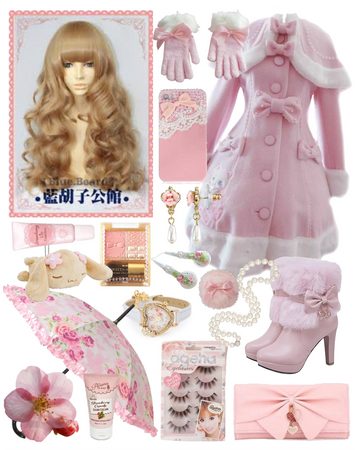
outfit inspo





overall, hime gyaru is a glamorous and elegant fashion subculture that celebrates femininity, opulence and a fairytale princess aesthetic. it combines luxurious clothing, dramatic hairstyles, and doll like makeup to create a look that is both extravagant and charming.
make sure to like, reblog if you'd want, and follow my blog for more fashion breakdowns and inspo
videostar signing off.................
#cinema#i love this movie#fashion#fashionblogger#favorite movies#films#femcel#movies#movie poster#style#hime gyaru#gyomei himejima#anthy himemiya#himeko#gyaru fashion#heisei#agejo#himekaji#himeru#gyarustyle#gyaru makeup#gyaru gal#gyaru#princesscore#1cky princess#angelic#girly#slay the princess#doll aesthetic#needy princess
47 notes
·
View notes
Photo


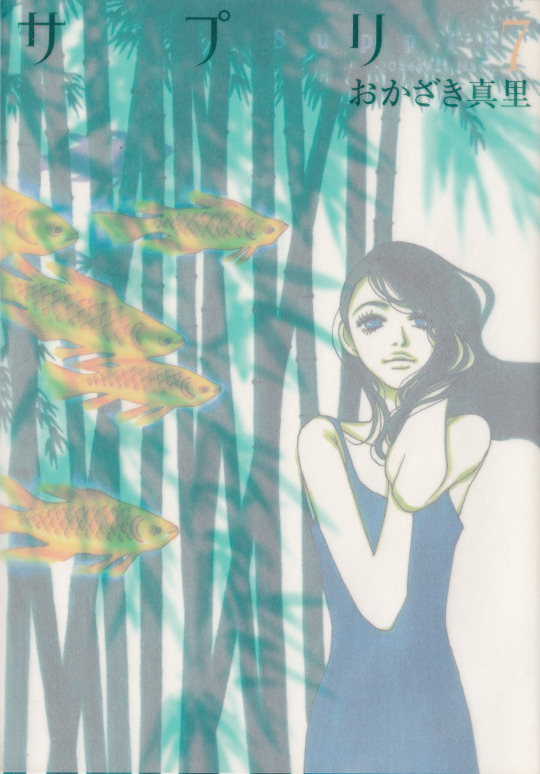
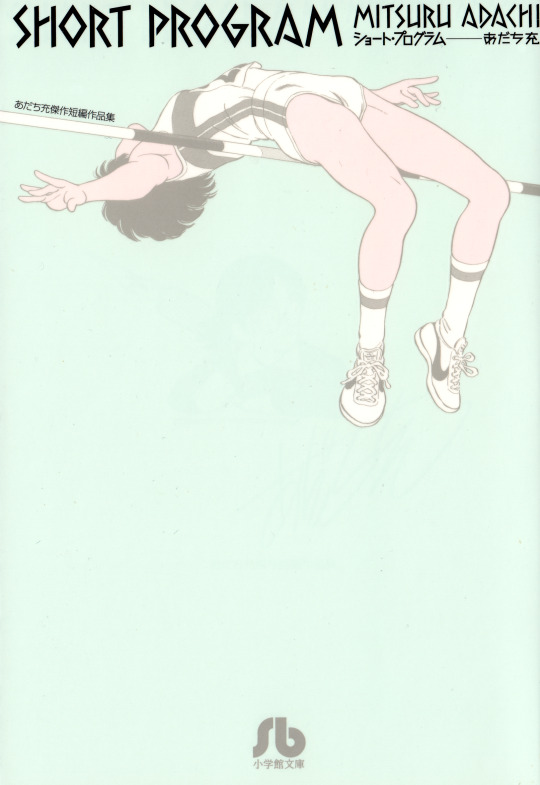


ときめきまんが道 (Tokimeki Manga Michi), Koi Ikeno こわいはなし (Kowai Hanashi), Anthology cover by Yumi Tamura サプリ (Suppli), Mari Okazaki ショート・プログラム (Short Program), Mitsuru Adachi 睡沌氣候 (Suiton Kikou), Shinya Komatsu トーマの心臓 (The Heart of Thomas), Moto Hagio
#Color Schemes#my scans#photosets#colors#koi ikeno#The Heart of Thomas#suppli#Suiton Kikou#Mitsuru Adachi#yumi tamura
79 notes
·
View notes
Text
tagged by @drhegemony !
Last Song: do not recall what the playlist at work finished on so i'm just gonna say endwalker footfalls cus i listened to it like 4 times (ffxiv)
Three Ships: kinamoto touya/tsukishiro yukito, aeris gainsborough/tifa lockhart, kurogane/fai d fluorite
Favourite colour: purple! and most mixtures with it
Currently consuming: green apple lemonade V
First Ship: either matt/tai from digimon or jack/sally from tnbc (i thought jack was a girl and thought her being bald was a power move) (we ignore that he is a skeleton)
Last movie: the wife the bestie and i watched uhhhhh Cursed (Chō Kowai Hanashi A: Yami no Karasu) (Extremely Scary Story A: Dark Crow) and it was fucking great. 2004 indie film about a cursed mart, it was real good
Currently working on: i'm getting through ffxiv MSQ on 3 different characters and currently making a carrd for my main. i'm also clipping together catgirls recordings so i can make compilation videos of funny deaths in dungeons
if you see this feel free to do it \o/
3 notes
·
View notes
Text
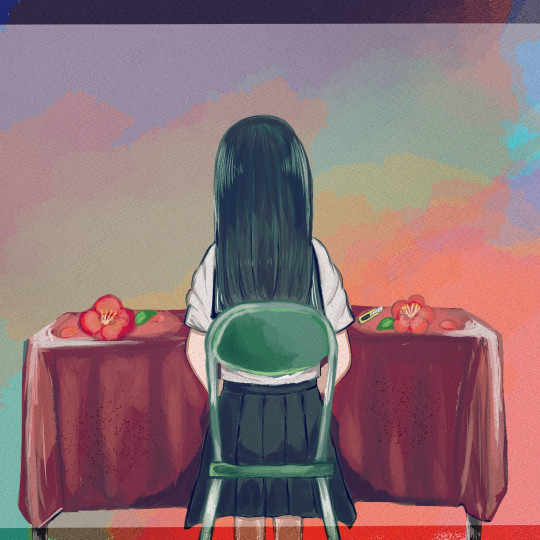
9 notes
·
View notes
Text
youtube
⚠️Flashing
【PC Engine CD】 Hyaku Monogatari ~Honto ni Atta Kowai Hanashi~ | 百物語 ~ほんとにあった怖い話~ ~Intro
[ Kagome Kagome | かごめかごめ ]
// Game music: Munetaka Sakamoto | 坂本志崇
// MiSTer FPGA // TurboGrafx16 core // Y/C Composite // Sony KV-13TR20 CRT TV
0 notes
Note
ongakushitsu ni tsutawaru kowai hanashi mukashi seito ga dokoka ni kietarashii saigo ni mita no wa ongakushitsu deshita tsubaki to iu onnanoko ga mitetarashii
nishitou sankai kyuu kousha no uragawa bukatsu no monooki mukashi no ongakushitsu
tsubaki no shibutsu no gakki ga kifu sarete oite aru dakedo sore wa yoru ni naru to oto ga naru to uwasa ga
Uhm...
Who is this?
0 notes
Text
some sentiments about Tamamori Yuta's acting journey - part 1
*💛 : drama main role || 💛💛 : movie main role
Gokusen 3 SP & Gokusen The Movie (2009) - as Takasugi Reita
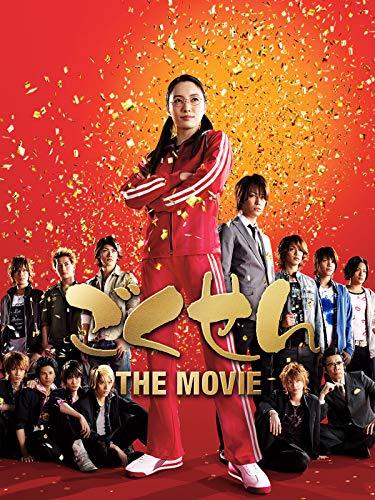
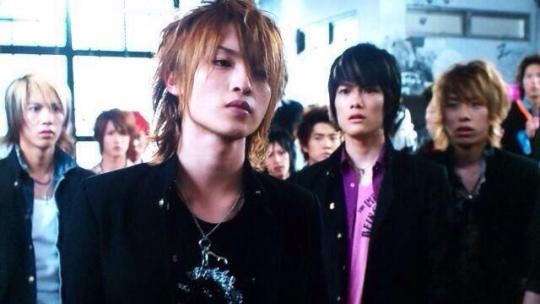
It's the first time I saw Tamamori Yuta~! I started watching Gokusen series from Gokusen 2 then when I saw Tama, I'm not exactly sure what was it, there's something adorable about him that stuck on me. I got interested in him and searched more about him, found that he is one of Kis-My-Ft2 members, one of Johnny's junior groups that hadn't officially debuted yet. I already knew Kat-tun at that time, Kisumai got me interested for a while before some things in life put me away from internet world.
Support roles in Shiawase ni Narou yo (2011), Saikou no Jinsei no Owarikata (2012), Shiritsu Bakaleya Koukou The Movie (2012), Zeni no Sensou (2015)
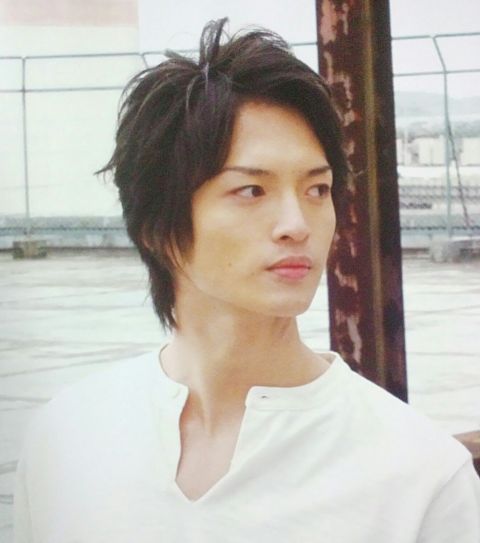
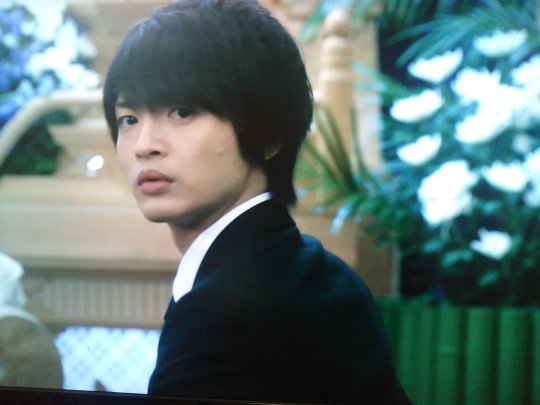
I watched all his small roles after I watched his big/bigger roles~ I actually skipped almost everything except his parts (gomen) >_<
Ikemen desu ne (2011) as Katsuragi Ren 💛

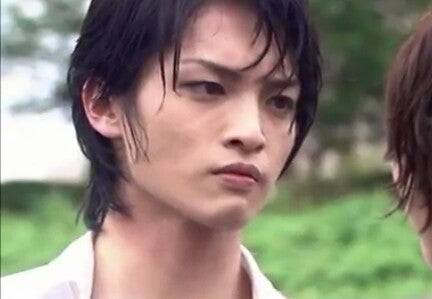

Tama's first main role in drama!! I've watched the Korean drama they adapted long years ago (maybe soon after it aired at that time) but I watched this Japanese adaptation after I'm interested in Tama again (will mention this later on the drama that made me into him). Maybe because I watched this 10 years later, I cringed so hard ; x ; ugyah- I enjoyed the Korean one (story pretty much the same in adaptation) when I was much younger but not anymore? 😅 I even have the pig-rabbit doll from this drama that I bought soon after I watched the original long years ago haha~ The only reason I watched this whole (cringey) drama was because Tama, of course. Somehow he matched his role pretty well. First main role (and his real main job is idol) which not bad, pretty good for his career.
Ataru (2012) as Ebina Sho
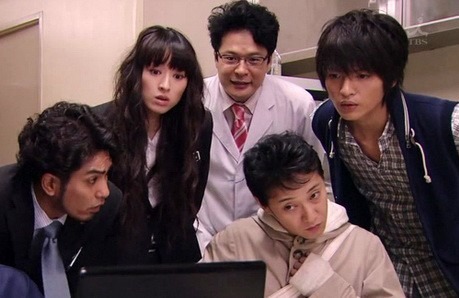
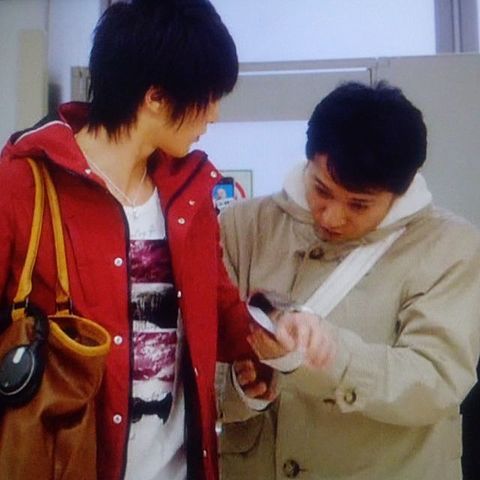
Tama-chan acting with Nakai-san!! Tama's supporting role here was good and I enjoyed watching this drama, it's pretty nice and exciting~
Nobunaga no Chef (2013) & Nobunaga no Chef Season 2 (2014) as Ken 💛
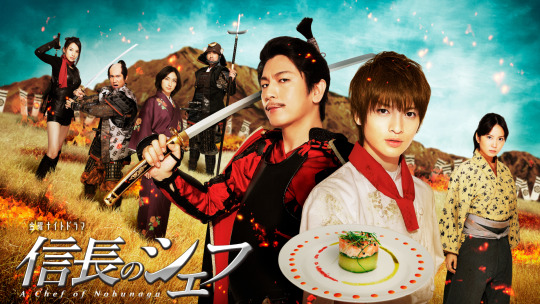

Tama's main role for 2 seasons drama!! French chef travels to the Sengoku period (time-slip), eventually becomes the chef of Nobunaga Oda. It was pretty nice drama to watch. Tama got his main role here after the director (iirc) watched his (really) hard work on variety show, and he did it pretty well.
Pin to Kona (2013) as Kawamura Kyonosuke 💛

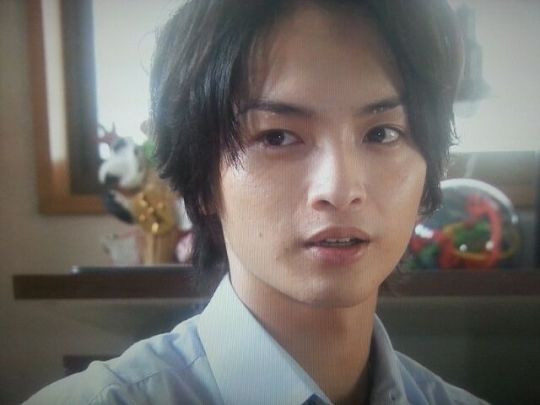
I like Tama's main role here~! His character is adorable and kind, he did well and I enjoyed watching this drama~ I'm not fond of main female character here but kabuki world as setting is quite interesting.
Yonimo Kimyou na Monogatari 2014 Spring Special - Neet na Kare to Cute na Kanojo, Honto ni Atta Kowai Hanashi 2015 Summer Special - Doko Made mo Tsuitekuru, Yonimo Kimyou na Monogatari 2019 Rain Special - Sakasama Shoujo no Tame no Piano Sonata (one of main roles in special dramas)


from these 3 drama specials I like Sakasama Shoujo no Tame no Piano Sonata the most, simply because Tama as pianist~! 笑 It's the most interesting from all 3 too. Neet na Kare to Cute na Kanojo is the kind of story I'm not interested to watch, it's okay~ I tend to avoid horror story but since it's Tama, I watched Doko Made mo Tsuitekuru with anxious heart ;_; (it's scarier since it based on true story?)
Seishun Tantei Haruya: Otona no Aku wo Yurusanai! (2015) as Asagi Haruya 💛
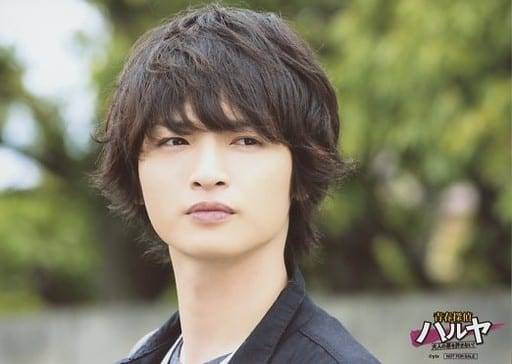

didn't enjoy watching this drama, watched it only because Tama's there ;_; one of his (drama) friends there becomes his good friend in real life, lovely~
Raintree no Kuni (2015) as Sakisaka Nobuyuki 💛💛
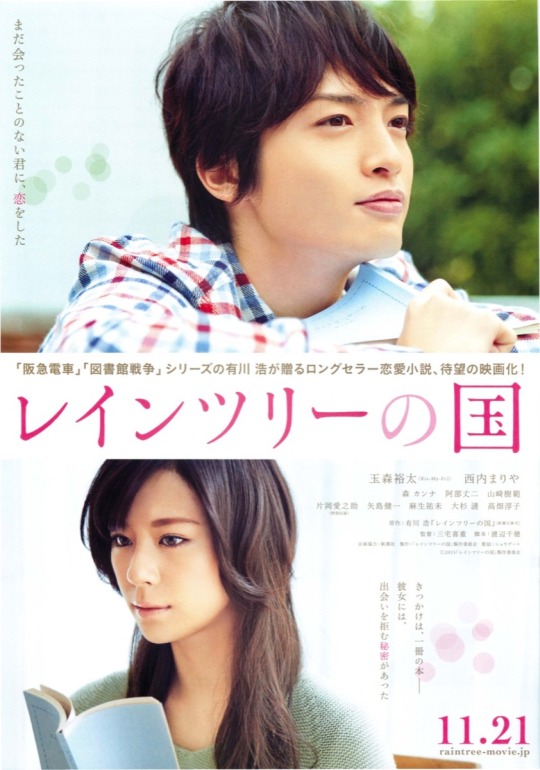

Tama's first main role in movie!! It's pretty okay~ not the kind of romance I enjoy though. Tama worked hard learning kansai dialect here, he did pretty nice in this movie.
Reverse (2017) as Asami Kosuke
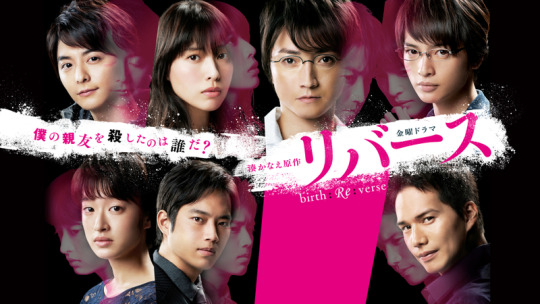
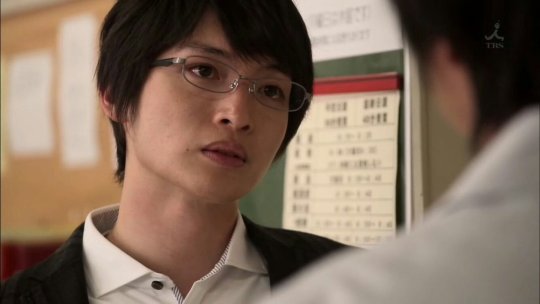

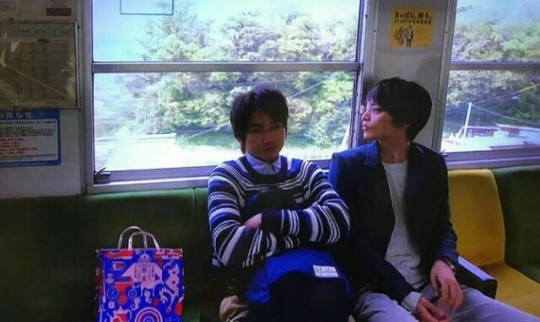
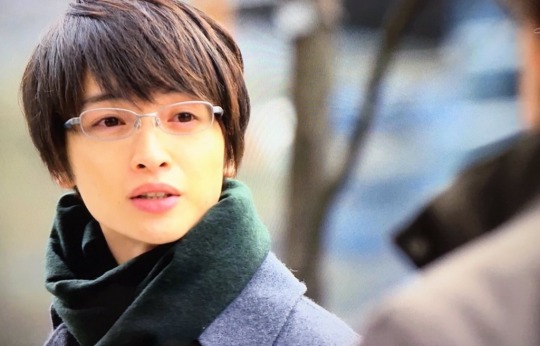

THIS. When I first watched this (was it 2021?) I just finished watching one drama with Tama in it that made me interested in him again. I started watching this before checking casts, I used to see good reviews about this drama and finally watched it after several years. I was surprised to see Tama in this drama, first he looks different!! and then his acting here, I really enjoyed watching him~! his character gave me various feelings and Tama did very well. Heard that he really learned about acting from the director here and it improved him, like a turning point. I really wish Tama gets more chances to do grey/darker roles ; ;
Juuyou Sankounin Tantei (2017) as Maneki Kei 💛
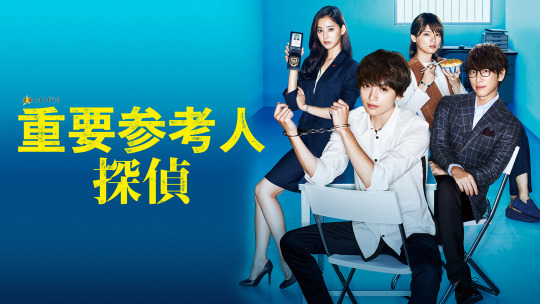

Tama's acting improves gradually year by year but it's more apparent starting from 2017 (reverse drama). Actually I didn't really enjoy this drama, I also not fond of main female character here (again ; ;), but visuals, good~ When watching 2017's dramas of Tama I realized that his acting style is the type of acting I like a lot (the most), subtle and profound acting.
Parallel World Love Story (2019) as Tsuruga Takashi 💛💛

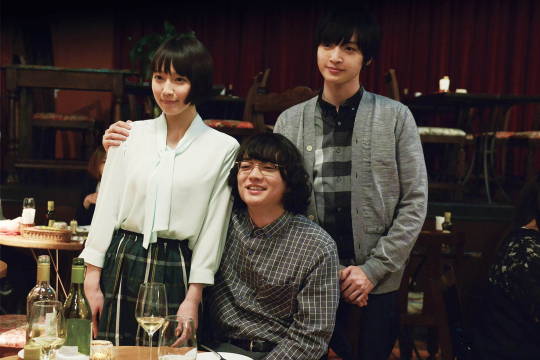
great actors and actress, adapted from a novel by popular mystery author, Higashino Keigo, I feel like this movie can be much more but okay, it still impactful personally because it's Tama's first bed scene >///< really, Tama is great in more complex/darker roles. Tama in this movie is very different with real him, and he did it very well.
--continue to part 2--
1 note
·
View note